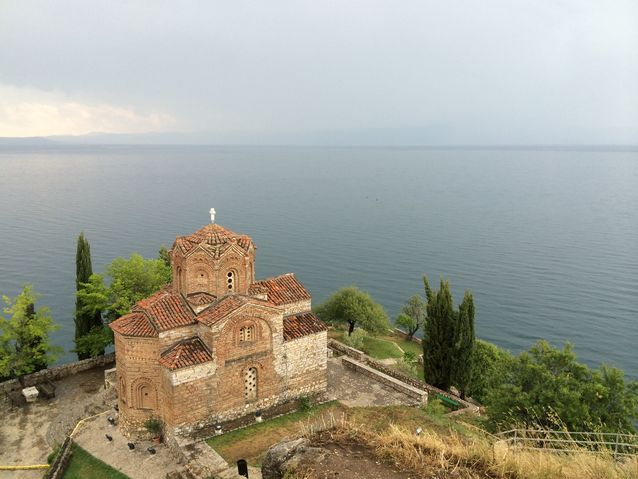Jouko Lindstedt
Jouko Sakari Lindstedt
Born July 15, 1955, Helsinki
Bachelor of Arts 1981, Licentiate of Philosophy 1983 and Doctor of Philosophy 1985 (Slavonic Philology), University of Helsinki
Professor of Slavonic Philology 1986-, University of Helsinki
Acting Professor of Slavonic Philology 1985, University of Helsinki
Publications, research projects and other academic activities
Research interests: development of Bulgarian and Macedonian as Balkan languages; origins, spontaneous change and nativisation of Esperanto as a language in contact; language policy in the Balkans and the European Union; Old Church Slavonic and early Slavonic studies; South Slavonic Philology; tense, aspect and evidentiality.
Member of the Helsinki Area & Language Studies group, promoting research on linguistic diversity and language ecology and fieldwork on minority-language speech communities.
Photo: Valokuvaamo Helläkoski, Lahti
Written by Jouko Lindstedt and Riitta-Ilona Hurmerinta (ed.)
Translated by John Calton

